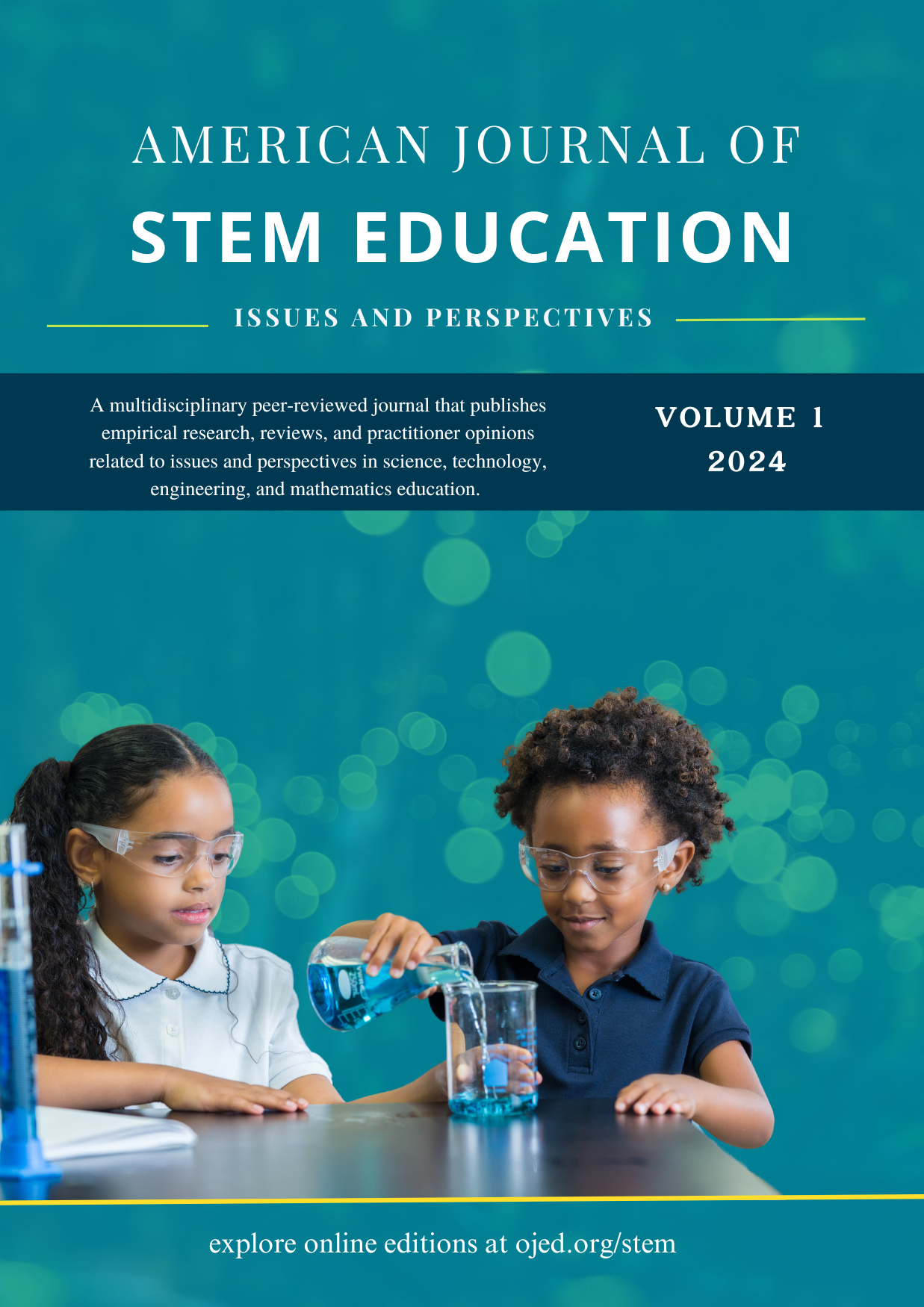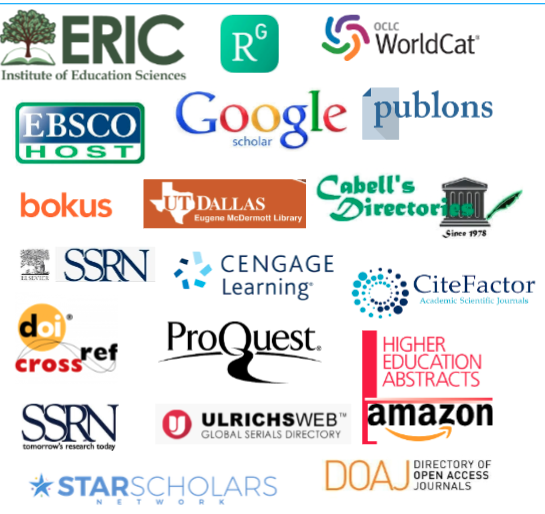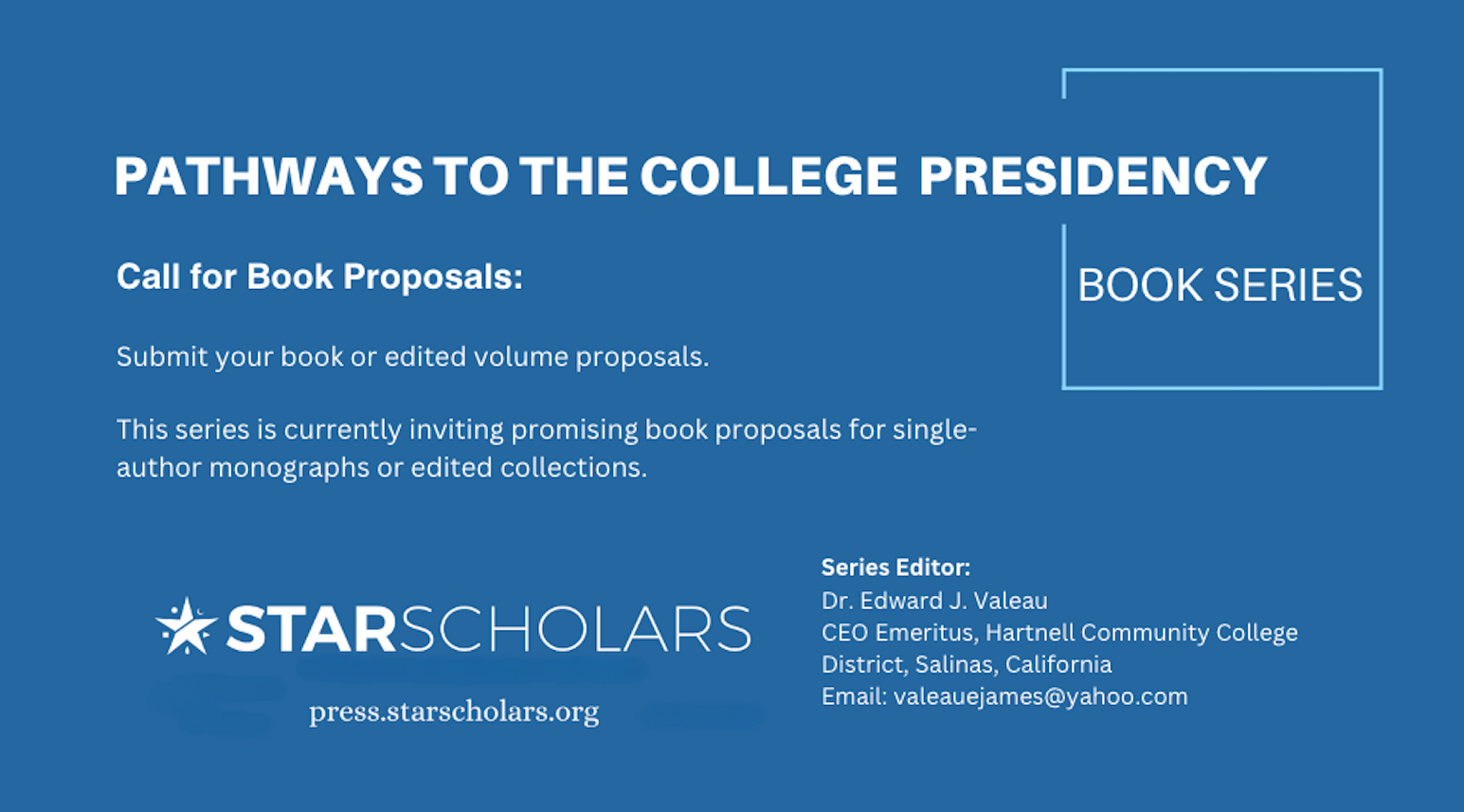How Disruptive Technologies Are Maximizing Efficiency in Community College Apprenticeships
DOI:
https://doi.org/10.32674/9082v869Keywords:
AI, STEM education, apprenticeships, virtual reality, workforce developmentAbstract
This paper examines the AI revolution’s impact on apprenticeship education, focusing on workforce development solutions that target the diverse and underserved populations prevalent in U.S. community colleges. Known for their agility in meeting economic demands, two-year schools are often praised for their rapid deployment of training solutions. The discussion emphasizes the potential of the cognitive apprenticeship model, a "learn and earn" approach, which aligns with modern educational needs and positions community colleges at the forefront of educational reform. We begin by looking at the general topic of AI before moving on to uses and tools, offering some specific examples showing how AI has been used to support the development of apprentice education in the tech industry. We will also address challenges that exist in moving forward. By fostering environments that encourage creativity and adaptability, community colleges can leverage disruptive technologies to drive educational reform and establish themselves as leaders in innovative education for the next century.

 Call for Special Issue Proposals
Call for Special Issue Proposals 


